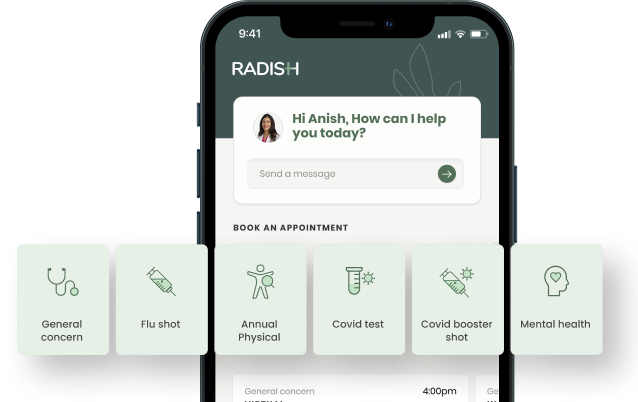What You Need to Know About Birth Control

Stella Gandhi, MD
With so many options available, finding the right birth control can feel overwhelming at times. Let’s break it down to the basics and answer your questions about one of the most commonly prescribed medications!

What are the different types of birth control?
Birth control can be classified as hormonal (containing estrogen and/or progesterone) or non-hormonal. The hormonal methods of birth control can be taken in many different ways, such as a daily pill, an injection every few months, an implant in your arm, or an intrauterine device (IUD) which is placed in the uterus.
Each of the hormonal and non-hormonal methods differs based on efficacy, convenience, and potential side effects. Because of these differences, it is important to have a detailed discussion with your physician to decide on which method will work best for you.
Is it safe to take birth control?
Most birth control is safe to take, however those forms containing estrogen should not be taken by some people due to an increased risk of blood clots and cardiovascular risks. This includes people with high blood pressure, migraines with aura, liver conditions, or smoking or vaping with nicotine. The risk for blood clot development increases even more after the age of 35.
What are the positive and negative effects of birth control?
All forms of birth control can help with premenstrual symptoms, regulating your cycles, preventing ovarian cysts, and decreasing the intensity of your cycles. Some pills may even help with hormonal acne. It is also possible to use birth control to prevent regular menstruation. However, it is important to have at least 3-4 menstrual cycles a year, otherwise you may experience frequent breakthrough bleeding, cramping, or irregular cycles.
Side effects can vary from person to person, and differ between brands. Most common side effects include changes in sex drive, headaches, nausea, and breast tenderness. You may also experience weight gain, but this is usually due to water retention, so should only be temporary.
But don’t I need to see my GYN every year to get a new prescription?
Although it is important to have regular gynecologic screenings and adhere to preventive care guidelines such as age-appropriate cervical cancer and breast cancer screening, birth control can be safely prescribed through telehealth. Feel free to send a chat to your Radish doctor if you need a new prescription!
No matter which form of birth control you choose, please keep in mind it takes 7 days of continuous use, before it becomes preventive against pregnancy. So if you are sexually active within the first 7 days of use, or if you need protection against sexually transmitted infections (STIs), you should use a barrier contraception method such as condoms.
At Radish Health, we’re here to answer all of your questions about birth control, as well as any and all concerns regarding women’s health no matter where you are in life. Please don’t hesitate to schedule an appointment with me to discuss more!
Request a Free Demo
Learn how Radish Health can help you improve employee health and save on healthcare.
Request a Demo